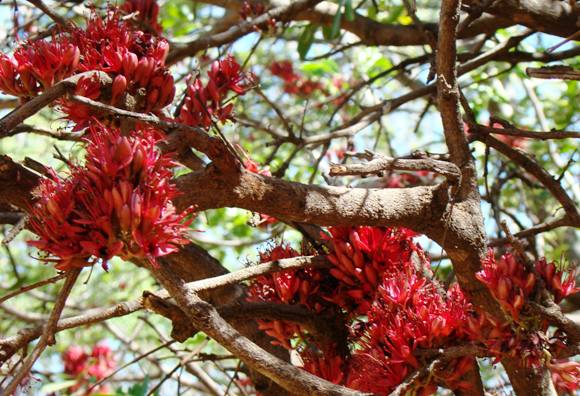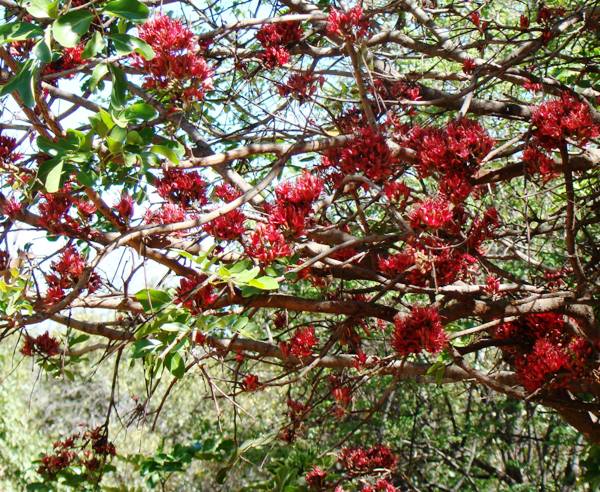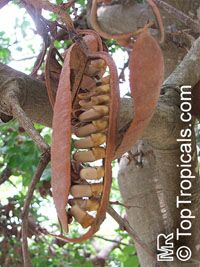

1. New Albums and some changes
The latest Albums on genera of South African plants added to the Operation Wildflower Site are the ones on Cyrtanthus, Dicoma and Strumaria. This means that photos and stories of plants belonging to these genera already on the Site, together with some new ones, have been moved from the more general Albums called Bulbs and Herbs respectively into their own new Albums under Genera.
There is a genus Album in every case where enough material has been accumulated to warrant a stand-alone grouping of photos and stories. There are now more than 220 such genera Albums. The biggest ones (most photos) belong to the genera Crassula, Euphorbia, Pelargonium, Aloe and Erica. Keep watching, more will be added. If there is no genus Album yet on the plant you are looking for, check under Types, the grouping that the Site was started off with, accessible via the pictured items shown on the right. The Search Box may yield more, for plants and related material are also shown in Albums on Habitat, Regions and Parks and Gardens.
In order to access items on a plant of interest, enter its botanical name in the Search Box. Entering other words or names will access what is contained in the Albums database. The latest Regions Album is the one on Nature's Valley and the latest Parks and Gardens Album is on Tietiesbaai also known as the Cape Columbine Nature Reserve.
2. Want to talk about a plant or an Album item?
There is a new way of communicating with the Editor of this Site regarding any of the Album Items.
Comments, questions, corrections, information and suggestions can be put to the Editor by using the following email address: This email address is being protected from spambots. You need JavaScript enabled to view it..
Please ensure that the Album Item concerned is clearly identified. Type its exact title as well as the Album Name in the Subject Line of your email. Please also state your name.
Similarly, communication regarding the functioning or technical aspects of the Site can be directed to the Webmaster at: This email address is being protected from spambots. You need JavaScript enabled to view it..
3. Reduced Mobile Site for Cell Phone Users
Operation Wildflower now also offers a reduced Mobile Site for cell phone use that only presents the Albums contents. This is aimed at overcoming display difficulties on some of the mobile devices in use for quick reference. The reduction found in the Mobile Site doesn't affect the full set of photos and stories of Operation Wildflower, only in diminishing the Site's secondary details that may make it hard to access the items on a small screen.
It is best to use the normal or full Operation Wildflower Site on computers, iPads and devices with bigger screens, as well as those that present unimpaired display of full details and access to all material on offer.
Should viewing difficulties be experienced on your device, click here to access the Mobile Site.
4. Subject Index
A Subject Index of a selection of topics touched on in Album Item text has been started, other than plant species. Access it via Information.
The Album Item Title should be clicked upon to open the Item dealing with the Topic.
Check in the Search Box for yet more subjects not added to the Subject Index list yet.
|
Botanical name |
Schotia brachypetala |
|
Other names |
Weeping boer-bean; African walnut; parrot tree; huilboerboon (Afrikaans) |
|
Family |
Caesalpinioideae |
|
Dimensions |
A large, spreading, leguminous tree with a round crown, up to 16 m in height |
|
Description of stem |
Brown or grey and rough; a single stem tree, branching may commence low down |
|
Description of leaves |
Imparipinnate with 4 to 6 pairs of opposite leaflets; oblong, characteristically asymmetric with entire margins, sometimes hairy and wavy; young leaves lighter green and shiny, sometimes reddish for a short period, making the spring appearance very attractive; mature leaves are dark and glossy |
|
Description of flowers |
Dense panicles of maroon flowers appear on the old wood, with the short petals often falling early (brachypetala = short petals), leaving the conspicuous filaments on show; the dripping nectar produced in profuse quantities in spring, before the normal summer rainy season, causes the 'weeping' alluded to in the common name; the flowering time varies between regions and even between individual trees; a five year old tree will normally flower; attracts a variety of birds (including parrots) and insects |
|
Desciption of seed/fruit |
Flat and hard pod of up to 10 cm in length, containing light-brown flat, hard seeds attached to a conspicuous yellow aril |
|
Description of roots |
|
|
Variation |
Flower colour and flowering season variations |
|
Propagation and cultivation |
Grown from seed or truncheons; seed germinates very easily; the tree is slow growing in colder, drier climates and may remain smaller, faster in warmer, high rainfall parts of its distribution range |
|
Tolerances |
Does not thrive in too dry climates |
|
Uses |
Planted in bigger gardens, parks and along streets as an ornamental tree; a bark decoction has been used for the treatment of heartburn and hangovers, also for dysentry and diarrhoea; the mature seeds are sometimes roasted and eaten; the leaves are browsed by game |
|
Ecological rarity |
Common, not threatened |
|
Pests and diseases |
|
|
Other |
As elephants are said to become intoxicated from marula fermenting in the sun, there is a report (with picture) from Sydney's Botanical Garden in Australia of a rainbow lorikeet indulging in S. brachypetala nectar in the sun, apparently capable of becoming intoxicated if the fermentation of the sugary liquid proceeds far enough according to the local Garden Curator (www.smh.com.au)! |
|
Location |
Dry bushveld, deciduous woodland, along river banks |
|
Distribution (SA provinces) |
Kwazulu-Natal, Eastern Cape, Mpumalanga, Limpopo, North West |
|
Country |
South Africa, Swaziland, Mozambique, Zimbabwe, Botswana |










